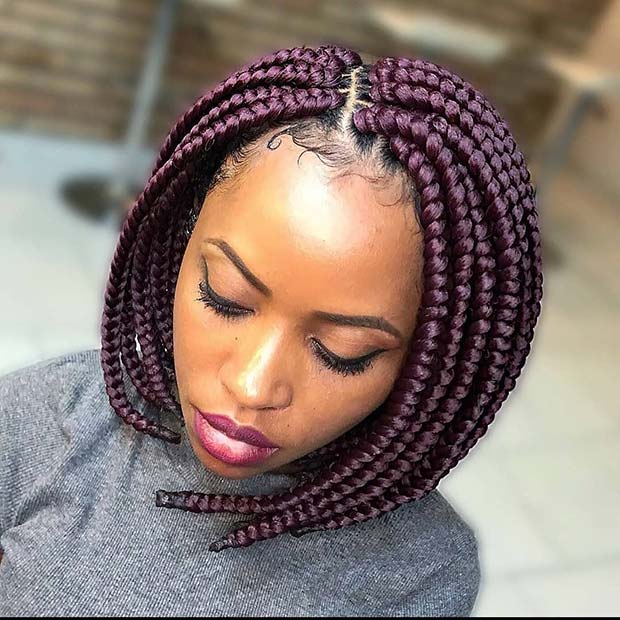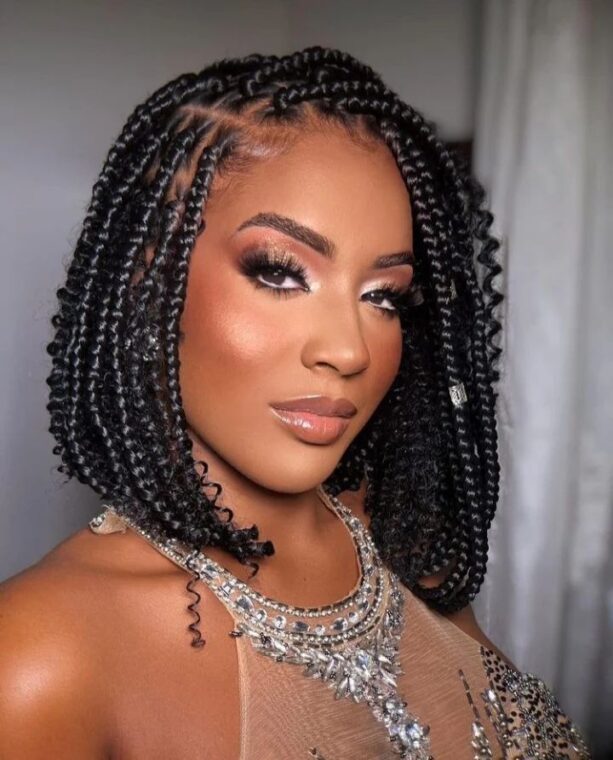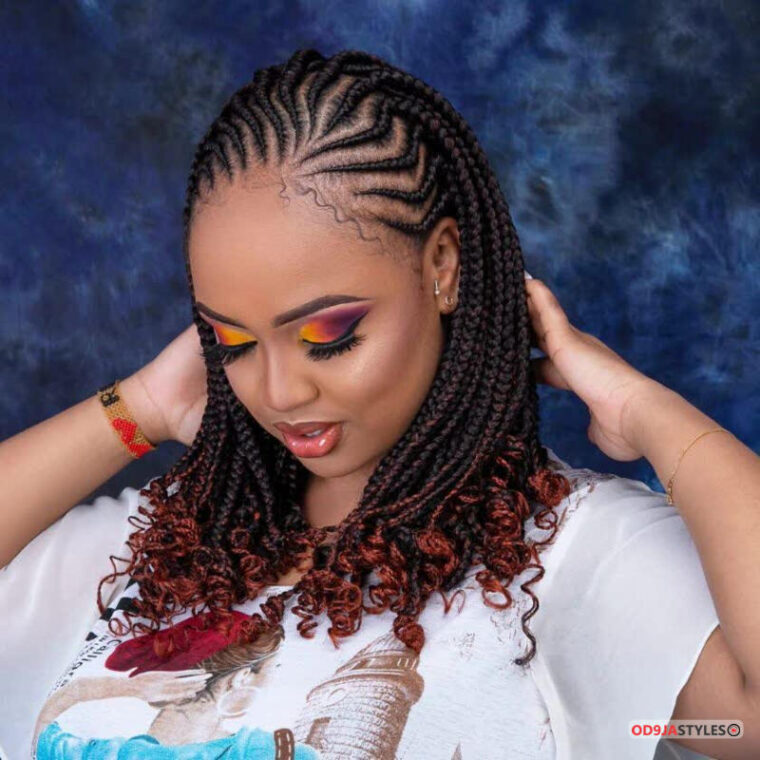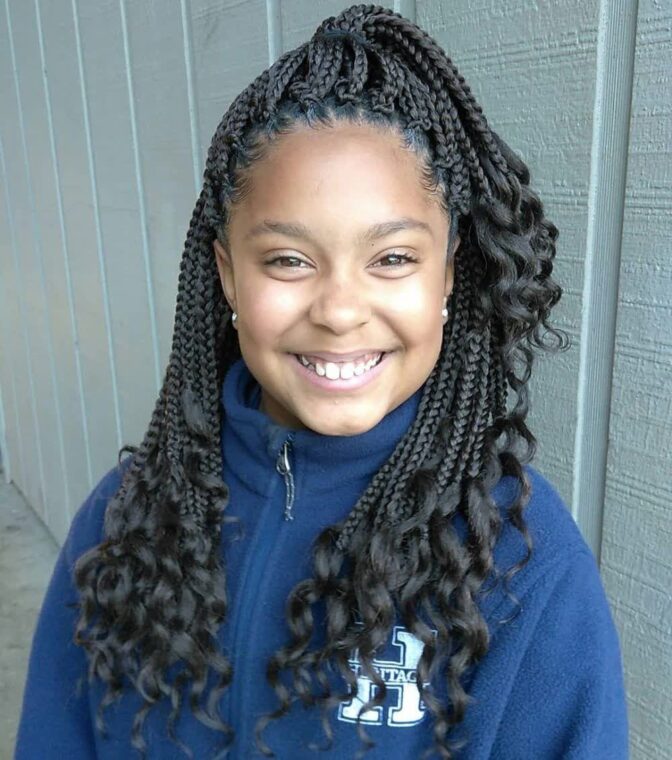African hair braiding styles are a cultural practice that has been around for centuries. It is a way for people of African descent to express their creativity and cultural heritage through their hair. In this blog post, we will explore the history of African hair braiding, popular styles, techniques, and maintenance tips.

African Hair Braiding styles
African hair braiding styles involve weaving natural hair into intricate patterns using various techniques. It is a traditional practice that has been passed down from generation to generation. African hair braiding has been around for thousands of years and was a common practice in many African cultures. It was not only a form of self-expression but also had cultural and spiritual significance.

Popular African Hair Braiding Styles
1. Box Braids
Box braids are one of the most popular African hair braiding styles. They involve sectioning the hair into small, square-shaped parts and braiding each section. Box braids can be styled in various ways and can last up to eight weeks with proper maintenance.

2. Cornrows
Cornrows involve braiding the hair very close to the scalp in a straight-line pattern. They can be styled in various shapes and sizes and can last for several weeks with proper maintenance.

3. Senegalese Twists
Senegalese twists are a popular style that involves twisting two strands of hair together. They are typically done with synthetic hair and can be styled in various lengths and sizes.

4. Fulani Braids
Fulani braids are a popular style that originates from the Fulani people of West Africa. They involve braiding the hair in a cornrow pattern and adding decorative beads or shells to the ends of the braids.

5. Ghana Braids
Ghana braids are a popular style that involves braiding the hair in a cornrow pattern and then twisting the braids together to create a thicker, more voluminous braid.

Techniques for African Hair Braiding
1. Traditional Techniques
Traditional African hair braiding techniques involve using only natural hair and braiding the hair using hands and combs. These techniques have been passed down through generations.
2. Modern Techniques
Modern African hair braiding techniques involve using synthetic hair extensions and specialized tools to create intricate patterns and designs. These techniques have become increasingly popular in recent years.

Maintenance and Care for African Hair Braids
1. Pre-braid Preparation
Proper pre-braid preparation involves washing and conditioning the hair before braiding. This helps to ensure that the braids last longer and that the hair remains healthy.
2. Washing and Conditioning
Washing and conditioning African hair braids can be challenging, but it is essential to maintain the health of the hair. It is recommended to use a mild shampoo and conditioner and to avoid using hot water.
3. Styling and Refreshing
Styling and refreshing African hair braids can be done by adding decorative beads or changing the style of the braids. It is important to avoid using heavy products or excessive heat on the braids, as this can damage the hair.

Summary of African Hair Braiding Styles and Techniques
African hair braiding is a cultural practice that has been around for centuries. There are various popular styles, including box braids, cornrows, Senegalese twists, Fulani braids, and Ghana braids. Traditional and modern techniques are used to create these intricate styles.

Cultural Significance of African Hair Braiding
African hair braiding is not just a form of self-expression but also has cultural and spiritual significance. It is a way for people of African descent to connect with their heritage and express their cultural identity. African hair braiding has been used to signify different social and cultural statuses, ages, religions, and even geographic origins. In some African cultures, certain braiding patterns were reserved for special occasions like weddings or funerals.

Future of African Hair Braiding Styles
As African hair braiding continues to gain popularity around the world, new styles and techniques are emerging. Modern technology and innovations have made it possible to create more intricate and complex braiding patterns, which have led to the rise of new braiding styles. However, there is also a growing concern about cultural appropriation and the need to protect traditional African hair braiding styles from being misappropriated and commodified.

Conclusion: African Hair Braiding Styles
African hair braiding is a beautiful and culturally rich tradition that has been around for centuries. Its popularity has spread around the world, and it has become a symbol of African culture and identity. As we move into the future, it is important to appreciate and respect the cultural significance of African hair braiding while embracing new styles and techniques. By doing so, we can preserve this ancient tradition and continue to celebrate its beauty and cultural importance.

